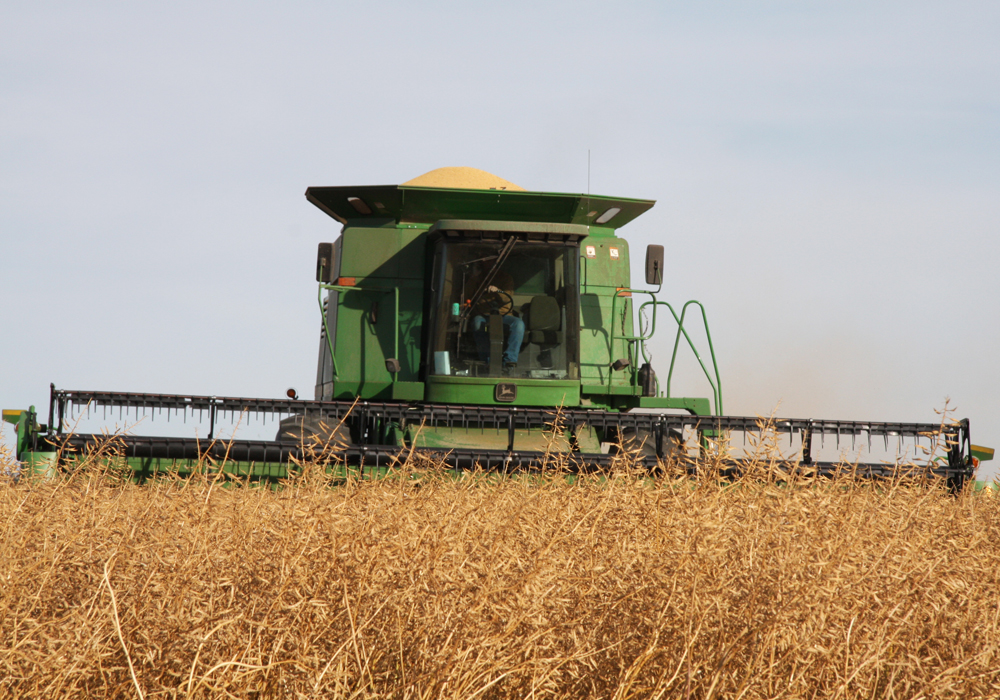Don’t expect any appreciation in mustard prices unless the weather turns lousy over the next three weeks, say two buyers of the crop.
“It’s going to take a significant weather issue to cause any upward movement and it’s probably more likely to see a downward trend on mustard,” said Scott Cunningham, chief operating officer of Canada for Schluter & Maack.
Mustard prices have remained stagnant throughout 2019.
“Nothing happened this year even with the potential drought situation we were sitting in,” he said.
Read Also

Government support for Canadian farmers has plummeted
Subsidies in Canada were 30 per cent of gross farm receipts in 1980s and are now around eight per cent
“We never saw yellow mustard prices move. We never saw brown mustard move. And as a matter of fact, you might have seen oriental move downwards in price just because of the on-farm stocks.”
Kevin Dick, president of All Commodities Trading Ltd., expects more of the same with mustard prices with yellow selling for 35 cents a pound, brown at 30 cents and oriental in the 22- to 24-cents range.
But he doesn’t anticipate the price decline that Cunningham is forecasting because he doesn’t believe 2018-19 carryout is as big as many think.
Dick believes more mustard was exported than people realize and much of what remains is sample grade because there were a lot of non-traditional mustard growers last year.
“It takes experience and practice to produce a No. 1 mustard because the grade differential is so tight,” he said.
Cunningham estimates growers seeded 400,000 acres of the crop this year, down from 525,000 acres last year. The breakdown is 200,000 acres of yellow, 120,000 acres of brown and 80,000 acres of oriental.
He is expecting average yields with extremes at both ends of the spectrum.
“There is going to be some buying opportunities in the areas where guys have some overabundance of production, while some guys won’t even meet their contract minimums on production contracts,” he said.
Reports from the Schluter & Maack head office in Hamburg, Germany, indicate there will be adequate production of all types of mustard in the Black Sea region to supply the European Union’s needs.
Canada will ship its normal volume of brown mustard to the EU but he doesn’t anticipate any yellow mustard demand from the region.
Dick agrees with Cunningham’s Canadian acreage and yield estimates but he wonders if the Black Sea crop is that good.
Some of the main crops grown in the Black Sea region like wheat and corn are suffering due to excessive heat.
“Logic would say that if other crops are having a problem then maybe the smaller crops would as well,” he said.
Dick hasn’t received any inquiries from EU buyers, so maybe Cunningham is right but if he starts to get some calls in the coming weeks, that might provide some bullish momentum in mustard markets.
He also noted that the Canadian crop is about three weeks away from being harvested and there have been a lot of cool nights. The crop is late and a devastating frost would turn the market on its head.
Cunningham agreed that frost or excessive harvest rainfall in the next few weeks would change the market outlook but otherwise it looks pretty ho-hum.
“Unless you see production issues in Canada or production issues in Eastern Europe, mustard is as boring as it has ever been,” he said.
















